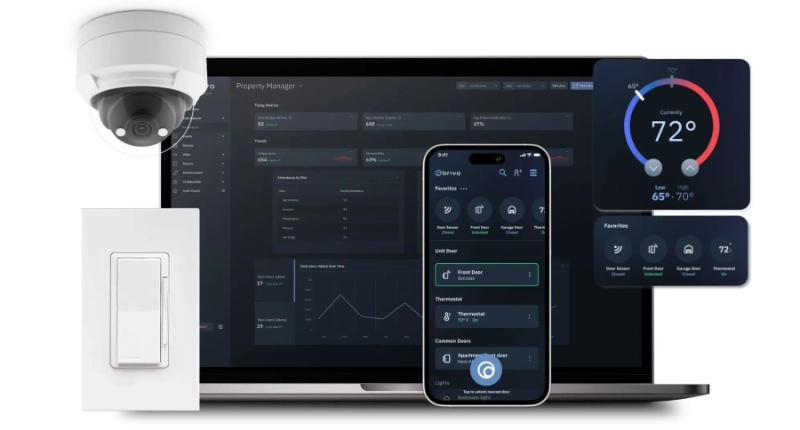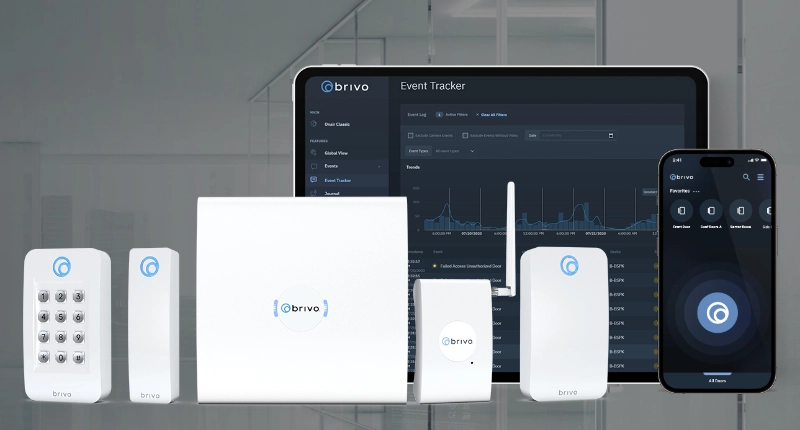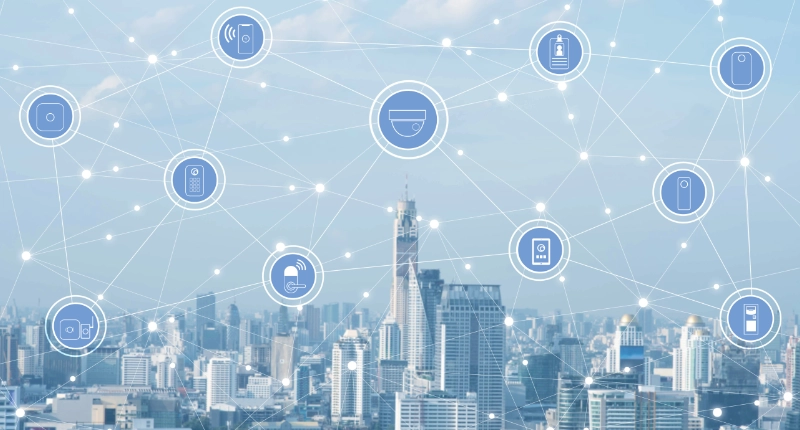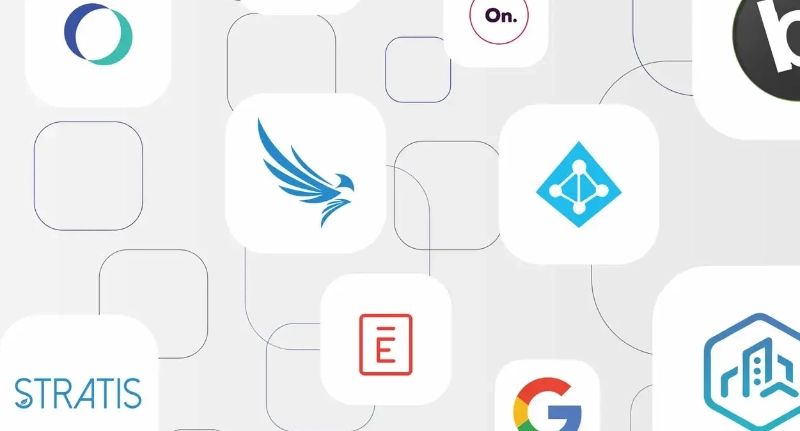Life was simpler when we had a choice of only 3 TV channels, all accessed via antenna. Then new on-air networks, cable, and satellite opened the floodgates. Streaming services enriched and complicated the landscape even more. Today, finding your favorite TV shows might mean hopping between multiple services, TV inputs, and remote controls. Some services lack local channels or staples like ESPN. Squid Game and Bridgerton only come on Netflix. Mr Robot fan? That’s Amazon Prime, but you can probably get all those on Apple TV, and maybe see the shows on YouTube. Still, aggregators like Apple TV probably don’t have all 200-plus streaming services.
If that weren’t enough, add to the confusion stream-to-your-device services such as TiVo Edge and Roku Ultra. Getting all your favorites on one screen practically requires advanced degrees in organization, research, and technology. Why does it have to be so hard to watch the show you want?
Smart buildings risk going the same route. Legacy buildings developed systems in isolation. No system talked to another. The security department installed video surveillance, access control, and alarms. Facilities took responsibility for lighting, HVAC, and power. IT oversaw network identification and access management. Other groups might be tasked with fire detection and suppression, water and plumbing, and elevators. Not only would maintenance teams come from different departments, but each individual system within a department itself might operate using proprietary software, hardware, and communication protocols, and likely process data in a unique way. Some systems, such as security, might even run on separate networks. Why does it have to be so hard to operate a building the way you want?
It doesn’t have to be. We have entered an age of a connected built world, made possible by open platforms that can accommodate legacy protocols as well as future interfaces. The benefits go way beyond the convenience of automated centralized controls and the efficiency yielded by systems working in tandem instead of at cross-purposes.
Actionable data shared across systems yield cost savings as well as revenue opportunities. Integrated systems minimize downtime resulting from technical snafus such as spotty wifi and from imminent equipment failures such as overheated servers. Data generated from these systems can identify behaviors of specific customers, guests, and tenants, either individually, collectively, or in any combination. That data can then be used to achieve compliance goals, tailor space and service, better deploy resources, and enhance the tenant experience, leading to increased retention and heightened demand that can command higher rents.
Many companies are doing their part to make integration seamless in both commercial and residential facilities. Brivo’s suite of access control solutions, for example, connect to dozens of partner applications via Brivo’s open API. They include elevator controls, visitor management, identity and access management, coworking arrangements, smart lights and thermostats, water control valves, and HR management, among others.
The importance of integration is best exemplified by an example. Say an employee is hosting colleagues from other corporate offices and from other companies for an industry roundtable lunch. They will have to adjust building access for the staff members and visitor management for the guests, possibly to include intercoms and elevators. Scheduling the room, setting the temperature, regulating the lighting level, and operating the AV system might require four more separate systems. Ordering a food delivery adds yet another. That’s nine different systems that can be efficiently integrated into one seamless experience. The technology is here. Now is the time to execute it.
On the other hand, finding which of 700 different channels, networks, and services where I can watch the third season of Better Call Saul is the real stumper.
Learn more about Brivo’s Open API













